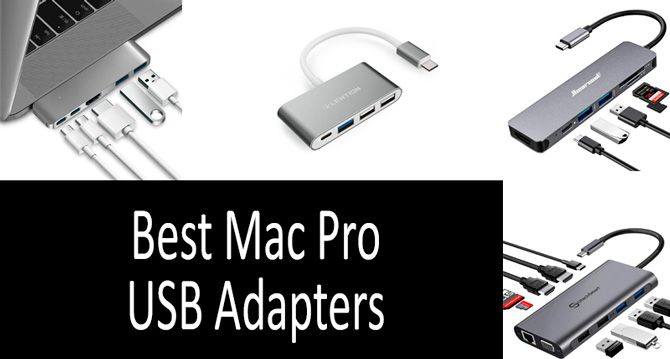

So, you’ll want to look for a hub with either two USB-C ports (one for charging) or a hub with an HDMI or DisplayPort (or even VGA if you have an older display). External displaysĪ hub is basically essential when using an external display because the iPad has just one USB-C port and you can’t simultaneously charge the tablet at the same time. If you want to hook up some wired headphones or a microphone, look for a hub with 3.5mm audio jack port since neither the iPad Pro nor the iPad Air has one. Thunderbolt hubs and docks are more expensive than their simpler USB-C cousins, but power users will benefit from the extra bandwidth. It uses the USB-C connector, but Thunderbolt has bandwidth up to 40Gbps compared to just 5Gbps or 10Gbps for USB. The M1 iPad Pro uses the more capable Thunderbolt connection. The minimum bandwidth of USB 3 is 5Gbps, so this is the most common speed on hubs, but some offer 10Gbps that is more capable for things like connecting an external monitor. More USB-C ports on the hub mean you can use them for more modern peripherals and an external display that connects via a USB-C cable. The iPad requires at least a 20W charger for fast charging, which all the hubs can handle but a more powerful charger may enable speeds up to 30W. And look for high charging power if there is a maximum wattage on the hub. Make sure at least one of the hub’s USB-C ports is capable of Power Delivery (PD) for charging. Whatever hub you buy will use up the iPad’s sole port, so you’ll need at least one extra USB-C port on the hub for pass-through charging, as you don’t want your tablet’s battery to fade mid use. Depending on which model you buy, a hub or dock connects to the iPad and offers an array of extra ports. And you can take it one step further with a full docking station that can also work with your laptop. Some USB-C hubs are specially designed for the iPad Pro, but you can also use an array of generic USB-C hubs.


 0 kommentar(er)
0 kommentar(er)
